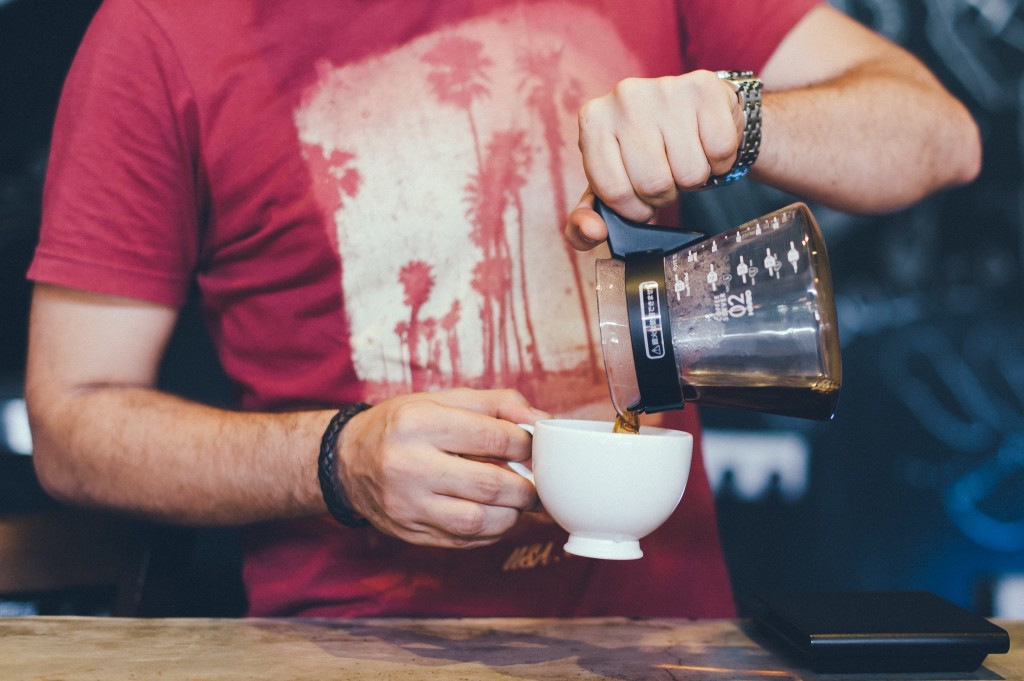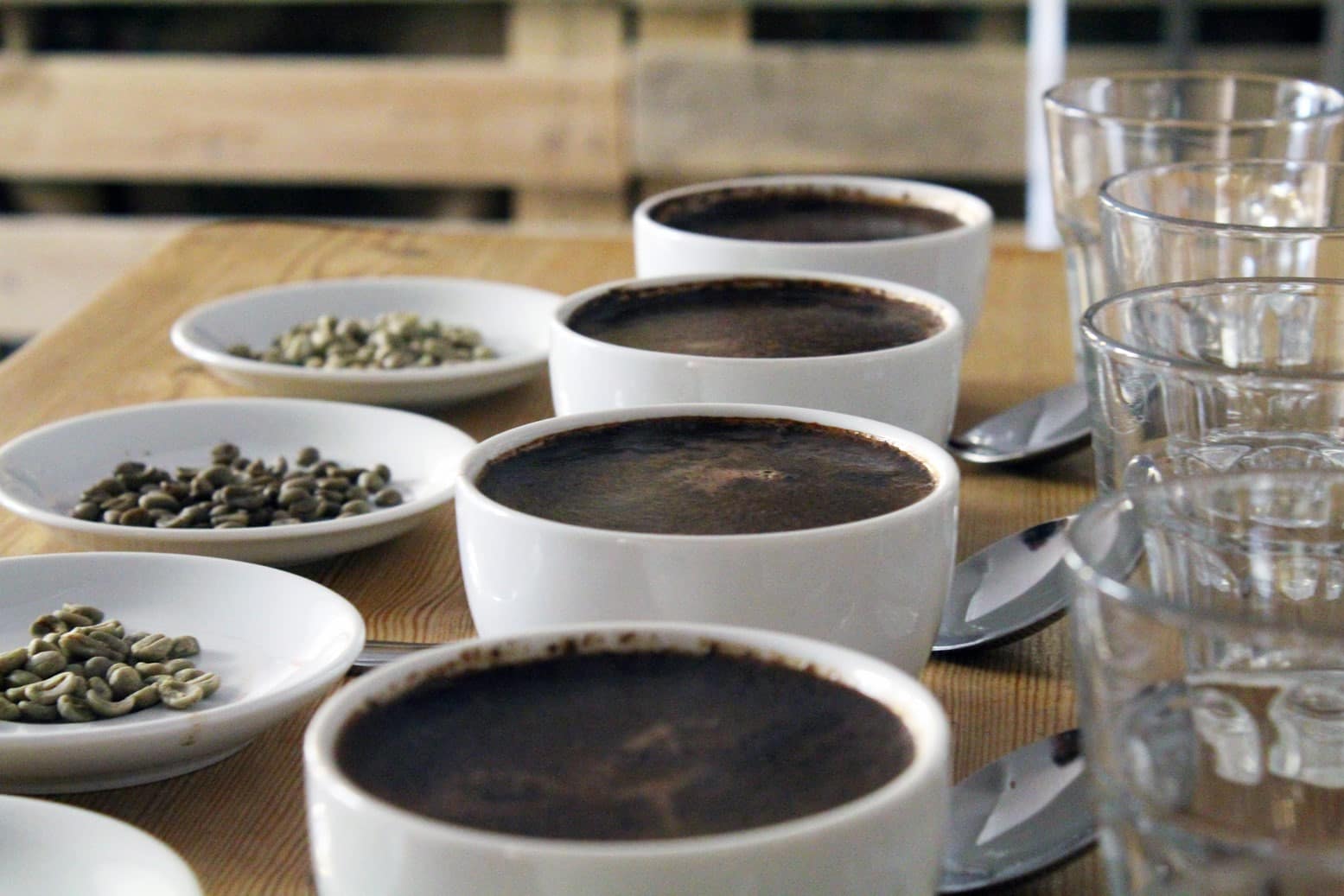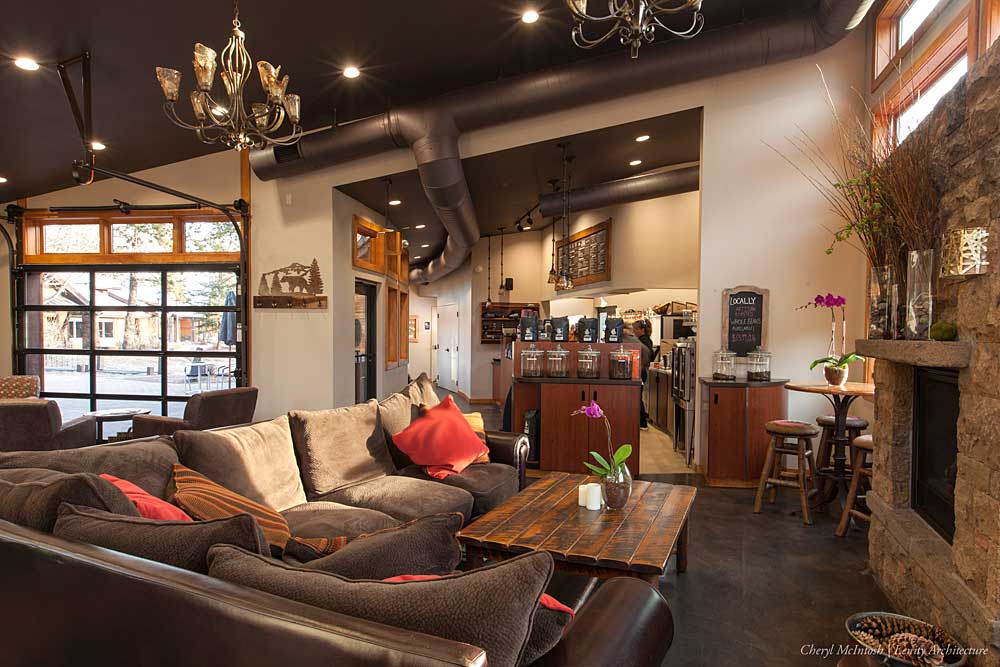
I began roasting on a Gene Cafe you can roast up to 200 grams at a time and there’s a reasonable degree of control over the roast. Carry out some experiments in a popcorn maker or frying pan. Go on a course such as those run by the London School of Coffee. The taste and smell of your coffee will teach you more about your roasting methods.


Through regular cuppings you will train your senses. I’d strongly recommend taking a sensory skills course, such as those run by the SCAE/SCAA, and attending coffee cupping sessions. You’ll then build confidence in this area, which is essential when it comes to writing coffee descriptors about your own products. This is a seriously difficult area to develop on your own you’ll progress much faster if you learn with others. Plus, subscriptions usually come with pretty detailed information about the coffee.ĭevelop your sense of taste and smell. You’ll get to try a broad range of coffees. Get a coffee subscription from one of the bigger roasters in your region. Speaking to speciality coffee merchants will help – and, at the same time, you can start to narrow down which ones you’d like to work with. Know when the key harvest times are, including when the coffees will become available for sampling and delivery. Make use of the lead time on your equipment by reading up on coffee and coffee roasting, attending the odd course or two, and taking field trips to friendly roasters.īecome familiar with the different coffee varieties, origins, and terms used to describe these coffees, such as SHG, AA, Peaberry, and so on. Just because you can’t start roasting on day one doesn’t mean you can’t start preparing. SEE ALSO: The S-Curve Roast Profile: Exploring Roasting Basics 3. And there’s the matter of your business phone – if you can’t get a landline, you’d better check you get mobile (cellphone for the Americans) signal on your network. Services: you’ll need water, drainage, electricity, and internet. Fortunately, a small amount of background heating solved this problem. I’ve had A4 paper curling up at the edges and ink smudging on labels when packets of coffee came into contact with one another. Humidity: moisture will impact on the drying phase of the roast (although this is less of an issue if your coffee comes in grain-pro lined sacks) and, maybe less obviously, on paperwork and kraft-style packaging. Make sure your roastery is well equipped, accessible, and has the right setup before starting to roast. We have reasonable access but we always have to ask for our coffee to be delivered in smaller trucks, because articulated vehicles would simply not fit. Oh, and while I’ve only ever had positive comments about the smell of roasting coffee, it might be an idea to let the neighbours know what you’re up to.Īccess: how will you get the roaster and the coffee inside? If your beans are going to arrive on pallets, can they be wheeled in? Can trucks park outside? Will you be found by the delivery drivers? At Bean Smitten, we’re tucked away in the middle of a camping site.

Work out which way the prevailing wind blows. Ventilation: those exhaust gases need to escape. Yet, no matter what size you opt for, there are four things you should consider. 500 sq ft will give you enough space for the roaster, stock area, cupping table, coffee preparation/bagging area, and an admin space. A Gene Cafe home roaster can be used in your kitchen under the cooker extraction hood, a 2-3 kg roaster could be accommodated in a garage or shed, or you could consider a small commercial unit. You can start as small or as big as you want, depending on your situation. Or you may need to wait a few months before finding the perfect roasting location. You may already have your perfect roaster lined up. Choosing your roaster isn’t easy… research as much as possible to make an informed choice!


 0 kommentar(er)
0 kommentar(er)
